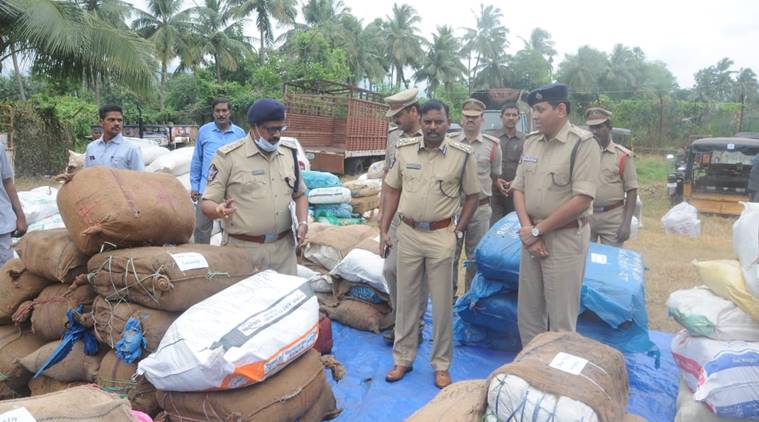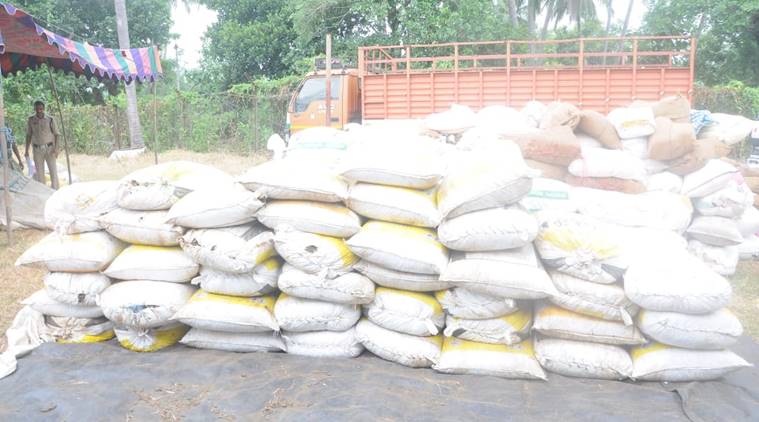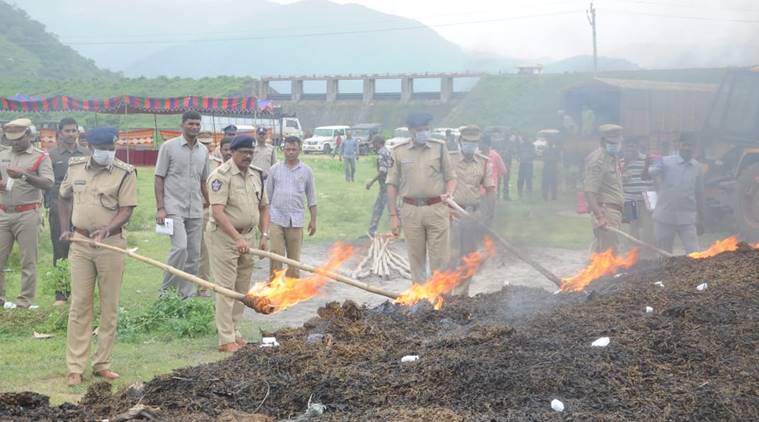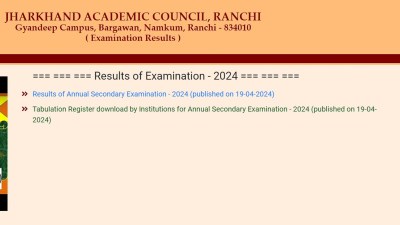- India
- International
Andhra Pradesh: Decline of Maoists in Araku gives rise to ganja cultivation
Araku in Andhra Pradesh where two Telugu Desam Party leaders were shot dead by Maoists on September 23 is caught up in a deadly mix of ganja and Maoists.
 Ganja seizure by Visakhapatnam Rural Police and Excise Department. (Express Photo)
Ganja seizure by Visakhapatnam Rural Police and Excise Department. (Express Photo)
The Directorate of Revenue Intelligence (DRI) on Saturday seized 720 kgs of ganja worth nearly Rs 2 crores on the outskirts of Hyderabad from a truck coming from Araku in Visakhapatnam district. The contraband was hidden under metal sheets in the back of the truck. Sources said that on a specific tip-off, a truck which was otherwise empty was stopped on the Hyderabad-Vijayawada highway, near Ramoji Film City. While the back of the truck appeared to be empty, officials noticed new metal sheets fastened to the floor bed. Upon opening them, they found 180 packets of ganja each weighing about four kgs. The driver of the truck told officials that the contraband was loaded near Paderu in Araku.
 The contraband was hidden under metal sheets in the back of the truck. (Express Photo)
The contraband was hidden under metal sheets in the back of the truck. (Express Photo)
Araku in Andhra Pradesh where two Telugu Desam Party leaders were shot dead by Maoists on September 23 is caught up in a deadly mix of ganja and Maoists. Coinciding with the decline of Maoists in Araku by 2010, Gond tribals have taken to cultivating ganja in large areas fed by the backwaters of Balimela reservoir, close to the Odisha border.
Authorities estimate that ganja is being grown in 8,000 to 10,000 acres in remote areas under Gudem Kotha Veedhi, Chintapalli, Munchingu puttu, Paderu, Pedabayulu, Hukumpeta, Dumbriguda and Gangaraju Madugula mandals. “These are the deep and core Maoist areas where police has minimal presence. Here, the Maoists and tribal ganja farmers have formed a mutually beneficial bond. The tribals illegally grow ganja knowing well that wary of the Maoists, police and Excise officials will keep away.
 Excise and Prohibition Department officers and Visakhapatnam Rural Police burn ganja crop in Araku. (Express Photo)
Excise and Prohibition Department officers and Visakhapatnam Rural Police burn ganja crop in Araku. (Express Photo)
The Maoists, who are struggling to retain their last stronghold, do not encourage ganja cultivation but patronise the ganja farmers. In lieu of this protection, the tribals pay back in kind like purchasing essential commodities for them or tipping them off about police combing ops or act as messengers or lending them their motorcycles sometimes,” said Superintendent of Police Rahul Dev Sharma, who has since been transferred as head of SIT, Visakhapatnam Rural Police.
The production and smuggling of ganja has become so rampant that 20-25 seizure cases are registered every month. Assistant Superintendent of Excise and Prohibition, Babji Rao says that as the areas are very remote and there was threat of Maoists, the size and scale of ganja cultivation was not known fully till 2016. “Cultivation had grown from a few clusters to nearly 10,000 acres in 8 mandals. We don’t file cases against the ganja-growing farmers because it will push them towards the Maoists,” Babji said.

In July, 22 seizure cases were registered with police and excise officials seizing 3,757 kgs of ganja worth Rs 75 lakhs. From January 1 till July 31 this year, 107 cases have been booked and 13,333 kgs seized worth Rs 2.60 crores. Officials say that large quantities still go out of the district undetected. In 2017, 31,648 kgs ganja worth Rs 5.94 crores was seized in 212 cases; in 2016, 43,104 kgs worth Rs 9.27 crores was seized in 362 cases.
Officials say that ganja cultivation has become so lucrative that Araku tribal youth are no longer joining the Maoist movement. “Growing ganja plants involves five-six months of hard work but the rewards are very high. Araku ganja is also high in demand because pesticides are not used. They make anywhere between Rs 2,000 to Rs 3,000 per kg. The Maoist ideology is no longer attractive to the tribal youth who, if they are not growing ganja, help in smuggling it. Cash-rich businessmen from Tamil Nadu and Kerala bankroll the ganja cultivation. They give large advances to the tribals to purchase seeds and necessary equipment.
After the crop is harvested and the leaves are dried, they are compressed and packed for transport and from that point, it is the responsibility of the agents and couriers to smuggle it out to the plains,” said Inspector Venkateshwara Rao, who heads the anti-Naxal cell of the district police. Rao says that as per a Maoist document, they do not encourage ganja cultivation. “The Maoists are against it but they feel the poor tribals have no other source of income so they grow ganja and are sympathetic towards them,” Rao said.
“After five or six crops, the farmers themselves have enough money and are making do without the help of outside help. In fact, they are investing heavily. If their land does not have enough water for irrigation they are procuring foldable plastic pipes of up to 500 meters long and pumping water from streams fed by Balimella reservoir,” Rao said.
Assistant Superintendent of Excise and Prohibition, Babji Rao says that in some villages all the households grow ganja even in their homes. It is sown in September and harvested in January. “It has become community farming in areas like Hukumpeta and Dumbriguda. The tribals have small land holdings but as per our calculations, ganja in one acre yields Rs 2 lakhs. It has also become highly organised with agents, couriers and transporters. Tribal youth who act as escorts or pilots by going driving ahead of a vehicle carrying the contraband get up to Rs 1,500 per job. If he himself delivers the package by driving from Araku to a designated place on the National Highway down in the plains, he makes up to Rs 5,000 per job,” Babji said.
With police providing protection and support, Excise officials destroyed nearly 3,200 acres of ganja crops this January in three mandals. “It was counterproductive. It caused a shortage of ganja and as demand was high, the price went up and the growers benefitted immensely which made it a difficult task for us to dissuade people from cultivating ganja,” Babji said.
Till this January, police and Excise officers desisted from registering cases against the ganja-growing tribals. Not a single case was filed even though officials destroyed their standing crops. “Filing cases will drive them towards the Maoists which will strengthen them again. We don’t want to push the tribals towards the Maoists. But from this year we may have to register cases against the farmers too,” Babji said.
Visakhapatnam SP Rahul Dev Sharma points out the irony of Araku. “When the Maoists were active, no one dared to enter. After they have been pushed to the remote pockets, most of Araku is peaceful and normal now. Apart from attracting a lot of tourists, ganja smugglers have moved in. We find vehicles with number plates of other states from even as far as Himachal Pradesh moving around in Araku, transporting ganja in concealed compartments,” Sharma said.
Apr 19: Latest News
- 01
- 02
- 03
- 04
- 05






































